The fascination with creating form and figure from raw material has been central to human expression since time immemorial, with sculpting standing as one of the primal conduits of our shared artistic heritage. The advent of artificial intelligence has initiated a profound metamorphosis in this venerable art form, a shift rich with both potential and complexity. This exploration commences by retracing the storied journey of AI’s integration into the realm of sculpting, examining the inflection points where technology has intersected with traditional techniques to redefine the boundaries of what is possible in chiseling form from imagination.
Historical Overview of AI in Sculpting
The Transformative Role of Artificial Intelligence in Sculpture
Abstract:
Artificial intelligence (AI) has permeated numerous facets of modern life, revolutionizing industries from healthcare to transportation. The oft-overlooked sphere of sculpting is not immune to this wave of innovation. AI’s evolution within the realm of sculpting has ushered in a new epoch, seamlessly merging traditional techniques with computational power to redefine what is possible in the world of three-dimensional art.
Main Body:
Traditionally, sculpting has been a manual endeavor, where the sculptor’s hands and tools breathe life into raw materials. It requires an intimate knowledge of the medium, be that stone, metal, or clay. The creative process, therefore, has been inherently human – a direct translation of thought and emotion into physical form. However, AI has begun to carve its own niche within this artistic discipline, augmenting the capabilities of sculptors and broadening the horizon of sculpture.
Machine Learning Algorithms: The New Tools of the Sculptor
In the modern sculptor’s studio, one may observe the emergence of machine learning algorithms which function as non-traditional tools. Through these algorithms, artists can explore complex patterns and forms that would be exceedingly difficult or time-consuming to realize manually. AI can sift through vast datasets of historical art and sculptural styles, offering suggestions that can inspire the artist or even autonomously generating designs for creative exploration.
3D Printing: From Digital to Tangible
3D printing technology has become an ally of AI in the sculpting process. Highly detailed digital models crafted through AI can be transformed into physical objects, a process that seamlessly brings the virtual into reality. This symbiosis of AI and 3D printing has expanded the scope of sculptural practice, enabling the creation of forms with precision and intricacy previously unimaginable.
Robotic Sculpting: The Extension of the Artist’s Hand
Robotics, an area often interlaced with AI development, has found its way into sculpture as well. Robotic arms, guided by AI, can execute the artist’s vision with unfaltering steadiness and strength. This has not only scaled the production of sculptures but also allowed for the realization of monumental works and repetitive structures that would challenge the stamina and precision of any human sculptor.
Ethics and Aesthetics: Redefining the Creative Touch
Despite the clear advantages, the integration of AI into sculpting raises questions about authenticity and authorship. Where does the human artist end, and the machine begin? What constitutes the creative spark when AI is involved? These questions loom large in the art world, yet they also open a dialogue about the evolution of aesthetics in the digital age.
AI as Collaborator: The Future of Sculpture
Envisioning AI as a collaborator, rather than a replacement, for the human sculptor could be the next step in the art’s evolution. By combining the artist’s emotional depth and intuitive grasp of the medium with AI’s ability to extend the limits of creation, a harmonious partnership is formed. This union promises to propel sculptural practice into uncharted territories, resulting in art that respects tradition while fearlessly embracing the future.
Conclusion:
In sum, the evolution of AI within the realm of sculpting represents a critical juncture between the past and the future. It not only reshapes the technical aspects of sculpting but also compels a reexamination of the role of the artist in the act of creation. As this technology continues to evolve, it will inevitably deepen its influence, challenging the boundaries of imagination and the concept of art itself.
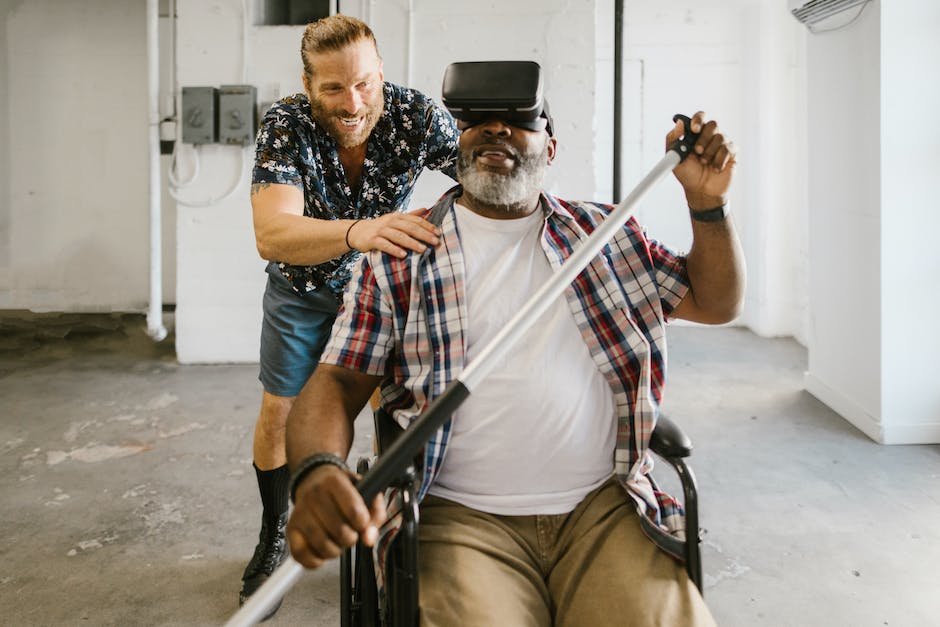
Technological Underpinnings of AI in Sculpting
Core Technologies Underpinning AI in the Realm of Sculpture: A Detailed Examination
As the field of artificial intelligence (AI) burgeons, its impact on various facets of human endeavor, including the venerable art of sculpting, has become increasingly discernible. Core technologies are integral to understanding this paradigm shift, and herein, these will be explicated to edify both the aficionado and the layperson alike.
- Neural Networks and Deep Learning: Central to modern AI are neural networks, particularly deep learning models that mimic the structure of the human brain to process data. In sculpting, these networks ingest massive datasets of artistic works to “learn” styles and forms. They can then generate new designs or assist in creating complex textures and patterns not easily achieved through manual processes.
- Generative Adversarial Networks (GANs): GANs comprise two neural networks—the generator and the discriminator—working antagonistically. In a sculptural context, the generator creates new forms while the discriminator evaluates them against a dataset of sculptures. This iterative process refines the AI’s ability to produce intricate and aesthetically striking works, pushing the boundaries of traditional sculpture.
- Computer Vision: Computer vision enables machines to interpret and understand visual information from the world. Within AI sculpting, this technology assists in analyzing structures and forms, allowing AI to interact with and modify the spatial dynamics of a sculptural piece. It aids in converting two-dimensional art into three-dimensional sculptures by understanding depth and contour nuances.
- Sensors and Real-time Data Processing: Advanced sensors collect information about a given material’s properties, such as texture, hardness, and temperature. Real-time processing of this data allows AI to modify sculpting techniques on the fly, adapting to the material just as a human artist might, albeit with a precision and consistency beyond human capability.
- Human-Computer Interaction (HCI): HCI is pivotal for sculptors interfacing with AI technologies. Innovative user interfaces and software environments are being developed to facilitate an intuitive back-and-forth between the sculptor and AI systems. This collaboration allows for the translation of the sculptor’s vision into parameters that AI can operate within, seamlessly incorporating AI into the creative process.
- Simulation and Modeling Software: Prior to the physical creation of a sculpture, simulation software can predict how different materials will respond to various sculpting techniques. This predictive modeling is especially useful when working with expensive or delicate materials, as it minimizes the need for physical prototyping and allows for fine-tuning of the AI’s approach to material manipulation.
Each technology constitutes a cog within the grand machine of AI-driven sculpting, not merely automating processes but enriching the creative exchange between artist and medium. The convergence of these technologies enables a symbiosis where technical constraints are steadily eroded, unveiling new expressive potentials in the timeless art form that is sculpture.
While some may gaze upon this technological ingress with skepticism or trepidation, one must consider the boon it represents—a tool that potentiates the boundless extents of artistic expression. It stands as both a testament to human ingenuity and a muse to the artist whose chisel may now carve not only stone and wood but also the fabric of algorithms and data. The core technologies driving AI in sculpting herald not the replacement of human creativity, but its profound amplification.
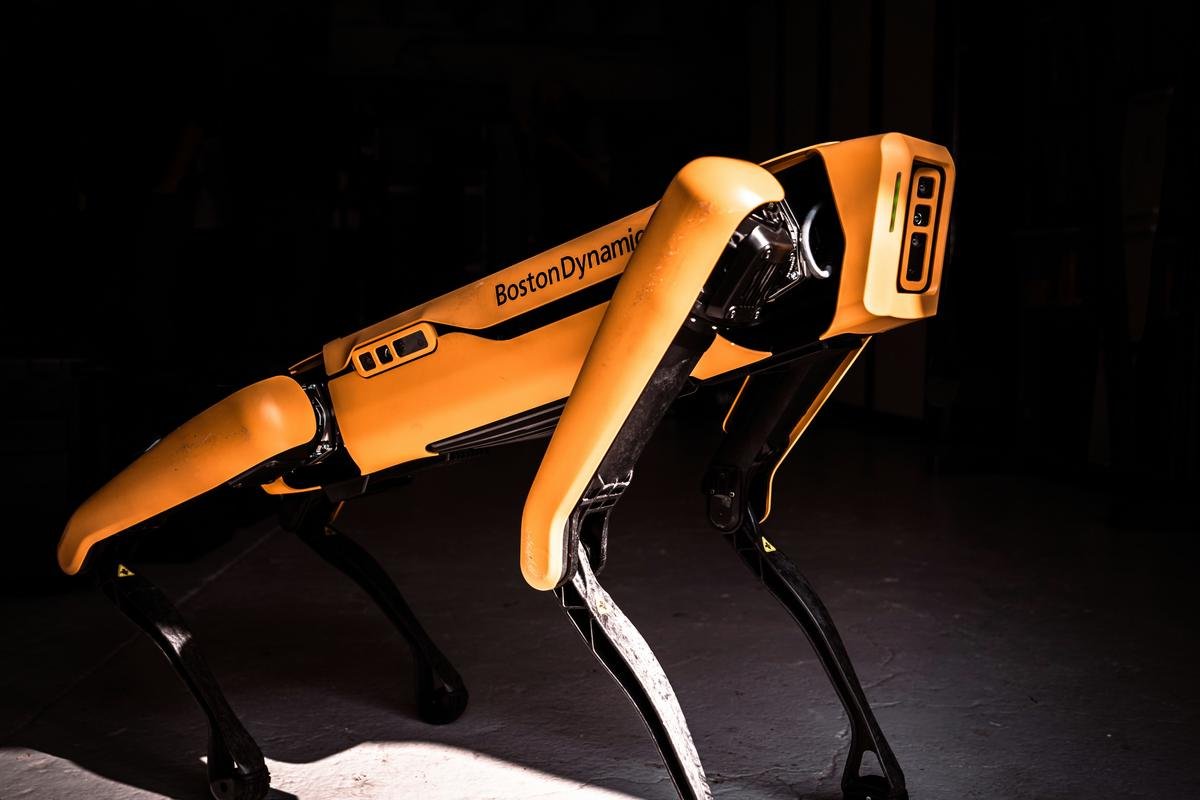
Photo by kommumikation on Unsplash
Creative Process Enhancement through AI
Artificial Intelligence (AI) is making significant strides across various artistic domains, and its impact on the creative process of sculpting cannot be overstated. While traditional sculpting has been rooted in the physical manipulation of materials by the human hand, the digital era has ushered in new tools that interact with the tangible world in unprecedented ways. Let us proceed to delve into further nuances of this relationship.
One of the primary ways AI enhances sculpting is through the optimization of workflows. By leveraging AI-based tools, sculptors are now empowered to achieve meticulous detail and elaborate designs that would be excessively time-consuming or outright impossible by traditional methods. The integration of AI systems allows artists to manipulate large datasets that can be converted into complex sculptural forms through a process that fuses intuition with computational efficiency.
Another notable contribution of AI to sculpting involves the enhancement of artists’ decision-making. AI can analyze countless historical art works and current design trends to offer new patterns, textures, and forms. This does not detract from the originality of the artist; rather, it provides an enriched palette of possibilities from which the artist can draw inspiration. By combining their innate creativity with AI-generated suggestions, sculptors can push the boundaries of form and symmetry in innovative directions.
Furthermore, AI aids in material innovation and experimentation. With sophisticated predictive modeling, AI systems can simulate the behavior of materials under various conditions. This aids sculptors in the selection of materials that are more durable, sustainable, or otherwise suited to their creative intentions before physically engaging with these materials. Through this predictive modeling, waste is reduced, and artistic possibilities are expanded.
Advancements in Human-Computer Interaction (HCI) also provide sculptors with new interfaces to shape their vision literally with gestures and voice commands. Tools imbued with AI have the potential to recognize and interpret an artist’s gestures, translating them into digital commands that mold virtual clay in real-time. This not only streamlines the sculpting process but also extends the kinesthetic connection between the sculptor and the work.
AI does not replace the human touch; it enhances it. While concerns about authenticity and authorship arise in light of these advances, it is vital to recognize that these tools serve as extensions of the creative faculties of human artists. Sculptors harness AI to scale their vision and apply their intuition in complex, multi-dimensional mediums. It opens avenues for an immersive interaction with the sculptural medium that engenders an evolving artistic dialogue between human cognition and machine intelligence.
In a world increasingly inhabited by digital natives, the fusion of AI with sculpture reflects a broader cultural shift towards a synergy between humanity and technology. As AI continues to permeate the creative realms, it is imperative to appreciate its role not as a replacement of human creativity but as a catalyst that amplifies the vast potential inherent in the artistic human mind. Sculpture, as a discipline, is thus being transformed by AI, evolving into a collaborative canvas where the complementary strengths of human ingenuity and machine intelligence create profound and lasting imprints on our shared cultural landscape.
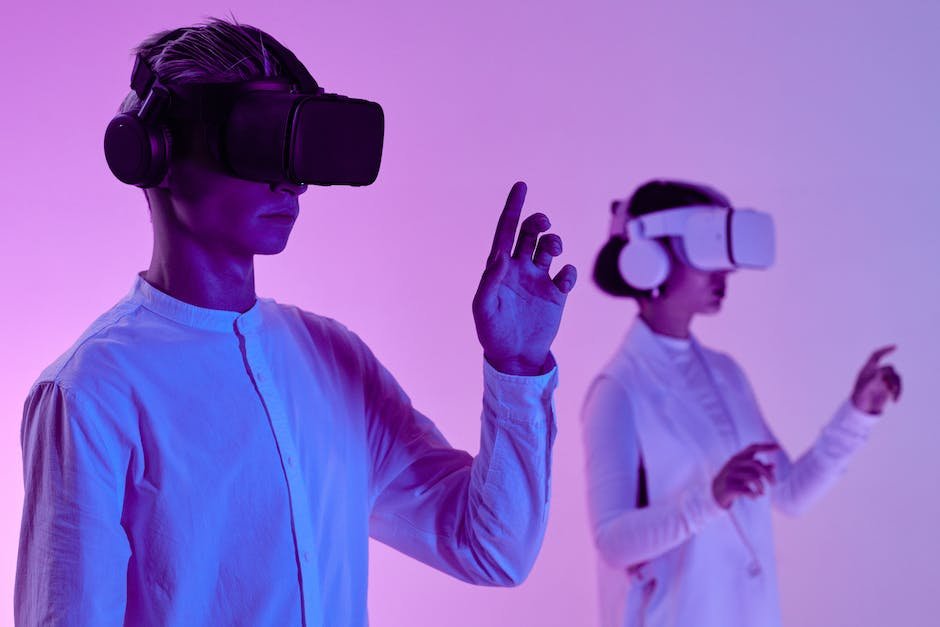
AI’s Limitations and Ethical Considerations
The ascendance of artificial intelligence (AI) in the realm of sculpting inevitably gives rise to fundamental limitations and ethical dilemmas.
While AI’s capabilities augment the sculptural process in myriad ways—from refining workflows to enhancing creative decision-making—it is paramount to remain cognizant of the challenges and moral quandaries that accompany this technological entanglement.
Limitations inherent to AI-driven sculpting stem from the technology’s nascent stage.
Despite astonishing advancements, algorithms can sometimes lack the nuanced understanding that human artists possess—a deep-seated appreciation for the cultural, historical, and symbolic meanings embedded within sculptural works.
As feedback-driven systems, AI sculptures may be limited by the dataset from which they learn, often resulting in a pastiche of extant styles rather than truly groundbreaking artistic directions.
Moreover, the computational resource intensiveness of sophisticated AI-modeling tools may render them inaccessible to artists with limited means—a glaring limitation in democratizing artistic expression.
Ethical considerations loom large as AI takes up the sculptor’s chisel.
Authorship and originality are in a quantum superposition, as the line blurs between the human artist’s invention and the AI’s creative outputs.
This raises questions about the authenticity of AI-generated artwork and whether such creations can be said to bear the personal touch that is a hallmark of traditional sculptures.
Should AI-assisted pieces be heralded as genuine artworks, or mere technical novelties?
Furthermore, as AI systems accelerate the sculpting process and enhance precision, there is trepidation over the potential devaluation of manual sculpting skills and the potential for these technologies to supplant human artists in particular roles.
While AI may expend relentless effort in the creation of sculptures, the integral human experiences of fatigue and struggle are absent, which some may argue contribute to the depth of human-made art.
Privacy issues arise when AI is integrated with sensors and real-time data in interactive sculpting installations.
As audiences engage with these works, their data may be inadvertently captured and used without explicit consent—a breach that calls for stringent ethical standards and protective measures in both the creation and display of such sculptures.
Even as AI propels sculpting into new terrains, one must reflect upon whom these advances truly serve.
Will the future of sculpture be dominated by those who possess advanced technological infrastructures and expertise, potentially sculpting a divide between the technologically endowed and the rest?
In grappling with these complex limitations and ethical dilemmas, there is an urgent imperative to foster comprehensive discourse among artists, technologists, ethicists, and the public.
It is crucial that policies and best practices evolve in tandem with AI’s sculptural applications to ensure that these tools enhance, rather than distort, the essence and integrity of sculptural art.
In this way, the future may entail AI not solely as a tool for creation but as a crucible for crucial conversations about art, authenticity, and the human condition within an increasingly digitized world.
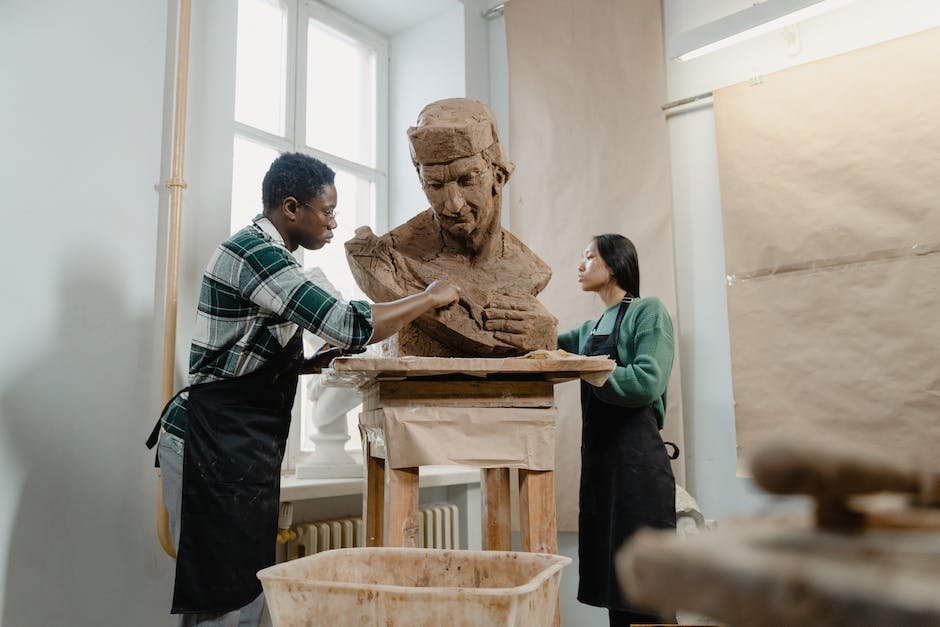
Future Trajectories and Research in AI Sculpting
The Intersection of Sculpture and AI: Crafting the Future
Artificial Intelligence (AI) has indisputably begun to influence the realm of artistic creation, with sculpture being a particularly intriguing domain of its application. As we stand at the crossroads of tradition and innovation, it is imperative to explore the trajectory of AI within this ancient art form, which has been historically characterized by the tactile and physical manipulation of materials by human hands.
AI’s integration into sculpture is not a substitution but rather an augmentation of the artist’s toolbox. In envisioning the role of AI in sculpting, one must consider the convergence of computational power and artistic expression. As we advance, AI algorithms are anticipated to streamline design processes in sculpture, thus enhancing efficiency and precision. Machine learning, capable of analyzing and synthesizing data, can contribute to the optimization of structural integrity and material usage in sculptural works. This will undoubtedly permit artists to undertake ambitious projects that were once constrained by technical limitations or prohibitive costs.
Furthermore, the advent of sophisticated modelling software will continue to revolutionize the conceptual phase of sculpture. Through high-fidelity simulations, artists can preemptively view and adjust their compositions in virtual space, reducing the distance between ideation and realization. In terms of material properties, AI promises an era of experimentation – where new substances can be crafted and existing materials repurposed, all under the guidance of predictive algorithms that foresee the interplay of weight, balance, and environmental factors.
With the continued enhancement of Human-Computer Interaction (HCI), artists will command greater intuitive control over digital sculpting tools. The burgeoning field of HCI suggests interfaces that react and adapt to the nuances of an artist’s methods. Semantic understanding and gestural interfacing could allow for an amalgamation of the tactile and the digital, uniting the creator more closely with their digital tools.
The dynamic synergy between human cognition and machine intelligence will foster an evolving artistic dialogue. Through predictive analytics and generative design methodologies, AI systems can offer artists a range of possible iterations derived from an initial concept. This helps in expanding the creative horizons of the artist, propelling them toward unforeseen aesthetic territories.
Nevertheless, while the future teems with promising avenues, inherent limitations within AI-driven sculpture must also be reckoned with. Processes that hinge on deep cultural and symbolic insights may elude AI’s current capabilities, which underscores the irreplaceable value of human touch in art. The challenge will be to effectively integrate AI in a manner that amplifies the essence of sculpture without eclipsing the artist’s personal imprint.
Moreover, as technology advances, the sculptor’s oeuvre could become intricately tied to the AI systems utilized. The dialogue on authenticity, originality, and the preservation of a human-centric narrative in art must be ongoing. The sculptor, equipped with AI, may traverse the boundaries of traditional craftsmanship, heralding a new chapter in the limitless narrative of human expression through form. The task ahead lies in crafting policies and practices that nurture the partnership between sculptor and AI, ensuring the integrity of sculpture as an art form persists.
In this landscape of rapid technological evolution, the sculptural community stands on the edge of a transformative era. It is poised to redefine our perception of artistry, where the chisel and the algorithm coalesce to render the stone not just carved, but truly alive in the tapestry of human culture.
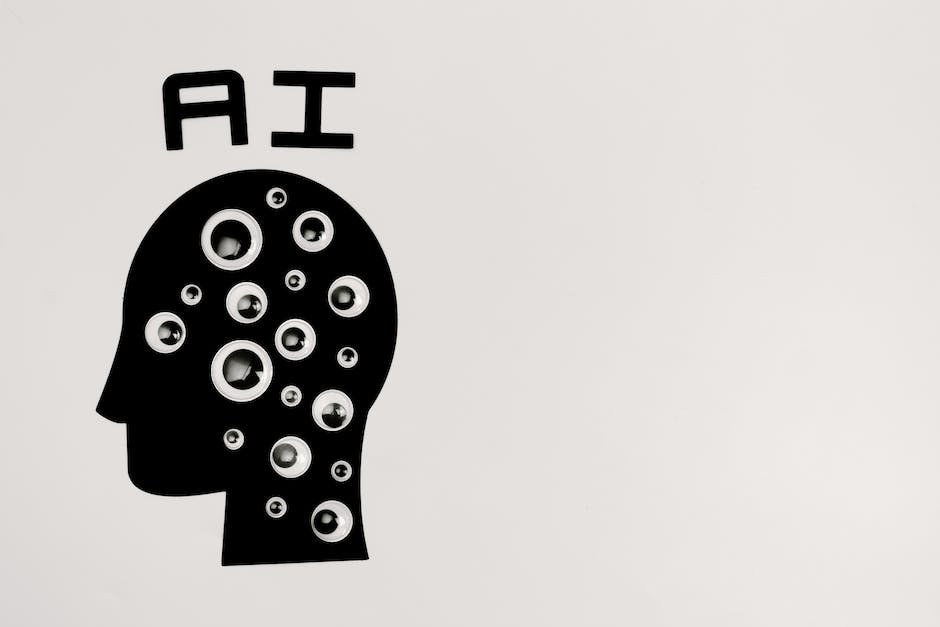
The narrative of AI in sculpting is an ongoing one, imbued with promise, punctuated by momentous achievements, and yet shadowed by unresolved challenges. As we stand at the intersection of art and artificial intellect, it becomes increasingly apparent that our relationship with these emergent tools will shape the ethos of sculptures yet to come. Amidst this unfolding saga, our insights and foresight must dance together in contemplation and creation, embracing the harmonious yet cautious evolution of AI as a muse, an assistant, and perhaps, one day, as a creator in its own right within the enigmatic world of sculpting.



